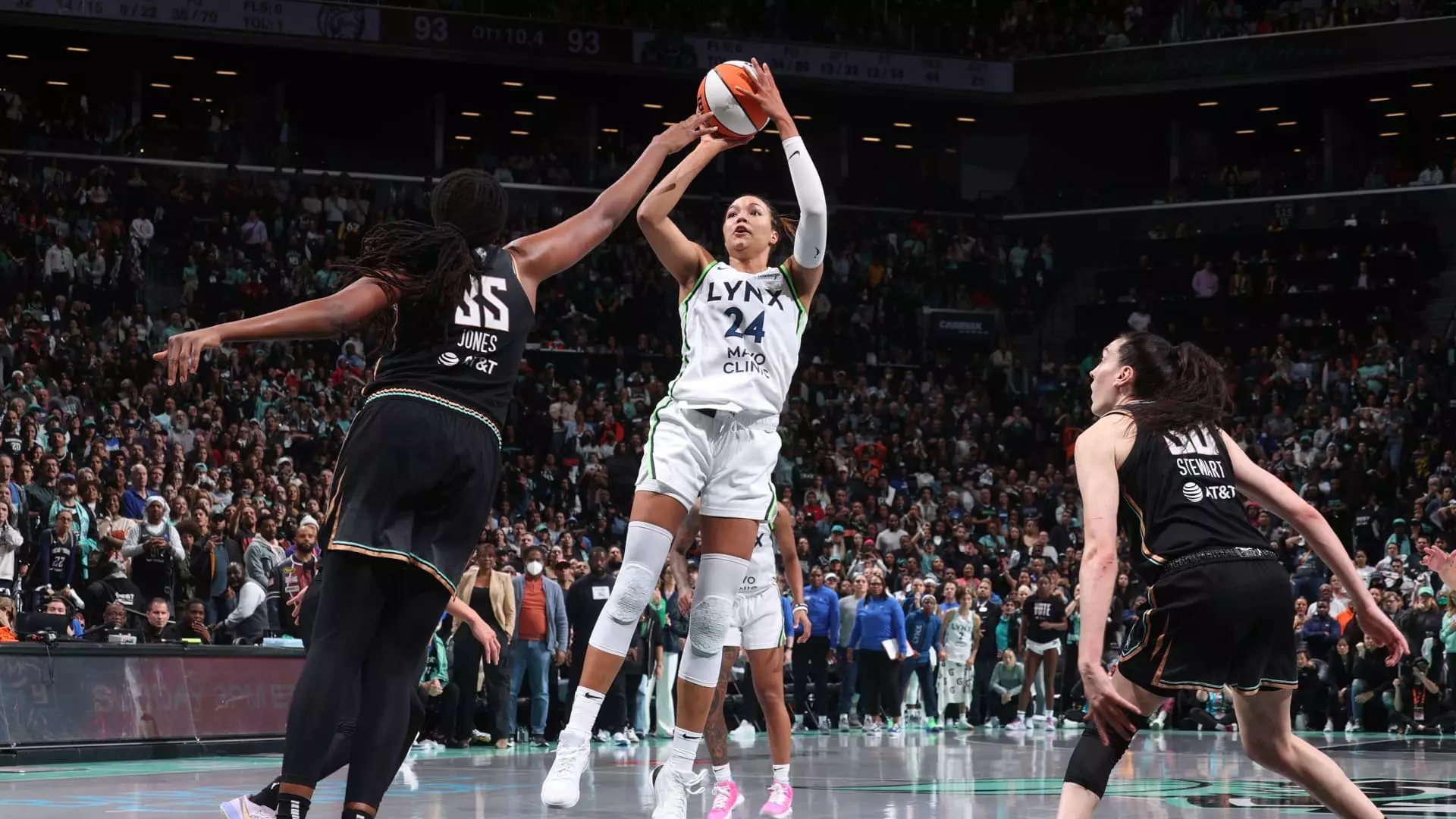The WNBA’s announcement of three new expansion teams in Cleveland, Detroit, and Philadelphia has been lauded as a groundbreaking step, with Commissioner Cathy Engelbert calling it a “monumental day” in the league’s history. Yet, while growth often signals progress, this aggressive expansion strategy warrants serious scrutiny. The potential pitfalls—rooted in history, market dynamics, and financial overreach—could undermine the league’s long-term stability rather than secure its bright future.
Historic Missteps Should Caution the League
Cleveland’s return to the WNBA stage is often framed as a triumphant revival of a proud basketball tradition, but it resurrects a painful chapter: the Cleveland Rockers folded after just seven seasons due to poor attendance and unviable finances. This isn’t a trivial detail; it highlights a pattern where market enthusiasm for women’s pro basketball has repeatedly flattened under economic pressures. The WNBA must acknowledge this historical lesson rather than merely celebrate a nostalgic rebound. Without a robust and sustainable business model addressing why prior teams failed, this move risks repeating the same cycle of disappointment.
Detroit’s resurgence story feels more hopeful on paper, especially given the fan base that once supported the Detroit Shock’s three championships. However, Detroit’s reentry into the WNBA must confront the shifted realities of a city still struggling with economic challenges and population decline. The team’s success can’t rely solely on past accomplishments. Instead, it demands a nuanced approach that fosters genuine community investment in women’s sports, beyond the glitzy allure of championship nostalgia.
Financial Overextension and Elevated Franchise Fees
The expansion fees—reportedly $250 million per franchise—mark an unprecedented financial leap for the WNBA. While this financially elevates the league’s perceived value, there’s a palpable risk that these fees prioritize short-term profit over sustainable growth. The price tag implicitly raises barriers for diverse ownership, potentially limiting community-oriented or mission-driven groups that typically fuel authentic grassroots support. In a league still fighting for equality and visibility, turning ownership into an exclusive and high-stakes financial venture could alienate precisely the kind of stakeholders critical for the WNBA’s cultural and commercial success.
Moreover, expansion at this scale requires significant infrastructure investment not just in arenas and marketing, but also in player development and league-wide parity. Expanding too quickly risks diluting talent pools, leading to stiffer competition between teams for star players and a potential decline in game quality. This could erode fan interest rather than bolster it, as the league’s growth becomes more quantity-focused rather than quality-focused.
Market Selection Ignoring Deeper Sociocultural Factors
While market viability and local support were cited as deciding factors for the new teams, the league’s decision overlooks complex cultural and social dynamics. Cities like Houston, with strong populations and sports enthusiasm, were sidelined, raising questions about inclusivity and image over genuine engagement. The realities of fan support for women’s sports differ vastly from men’s professional leagues, and relying solely on traditional sports market analysis can produce myopic choices.
For example, Philadelphia’s market is saturated with major league basketball and other competing sports entertainment. Without a clear differentiation strategy that highlights the unique value of the WNBA brand, the team risks becoming merely an afterthought rather than a vital community presence. Similarly, Detroit and Cleveland’s broader socio-economic challenges require more than just a franchise slot—they demand a comprehensive commitment to empowering women athletes and connecting authentically with local fans, something expansion alone can’t guarantee.
A Call for Strategic Patience and Equity-Focused Growth
The league’s rapid expansion strategy has a veneer of ambition, but it lacks the cautious pragmatism needed at this stage in the WNBA’s evolution. Building on recent momentum, such as increasing broadcast deals and improved salaries, should not be sacrificed for token growth numbers. Instead, a more deliberate and equity-focused approach—prioritizing fan engagement, community investment, and viability assessments beyond mere economic factors—would preserve and deepen the gains already made.
The WNBA stands at a crossroads: will it continue chasing a rapid growth narrative that risks financial instability, talent dilution, and disillusionment? Or will it embrace a measured, mission-driven expansion that not only grows the league but also strengthens the cultural foundation that women’s basketball deserves? From a center-liberal perspective, embracing equity, inclusion, and sustainable development is the only viable roadmap forward—not the race to 18 teams at all costs.


Leave a Reply